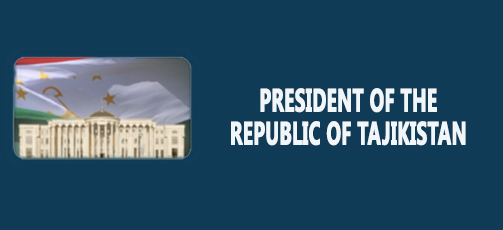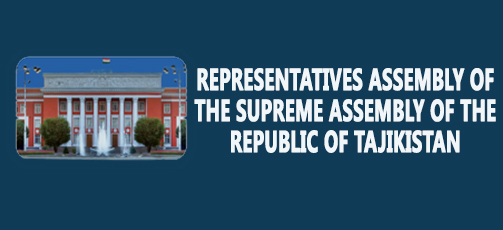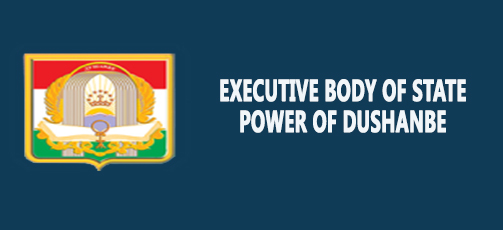EBRD and Tajikistan took active steps on uranium legacy
Dushanbe, 16.06.2016. /NIAT “Khovar”/. The wheels have been set in motion to tackle the problem of uranium legacy mining sites in Tajikistan. A joint mission by the European Commission and the European Bank for Reconstruction and Development (EBRD) to Tajikistan from 15-17 June 2016 focuses on the next steps to take together with Tajikistan.
EU efforts have consistently aimed at facilitating the rehabilitation of radioactive and contaminated mine sites to mitigate the environmental and public health risks faced by the Tajik people. A comprehensive report listing hotspots and remediation priorities in Central Asia was developed in 2010 by the International Atomic Energy Agency (IAEA) and it is now being consolidated as part of a Strategic Master Plan for the region. The EU has already provided over €9 million for detailed environmental impact assessments and feasibility studies at legacy sites in Central Asia, including at the Tajik legacy sites of Taboshar and Degmay.
The European Union has contributed €16.5 million from the Instrument for Nuclear Safety Cooperation (INSC) to make the fund operational. The EU is now working together with other international partners to attract further contributions for these crucial remediation works in Central Asia. To date, the 45 donor countries and institutions have pledged over €4.0 billion to EBRD-managed projects.










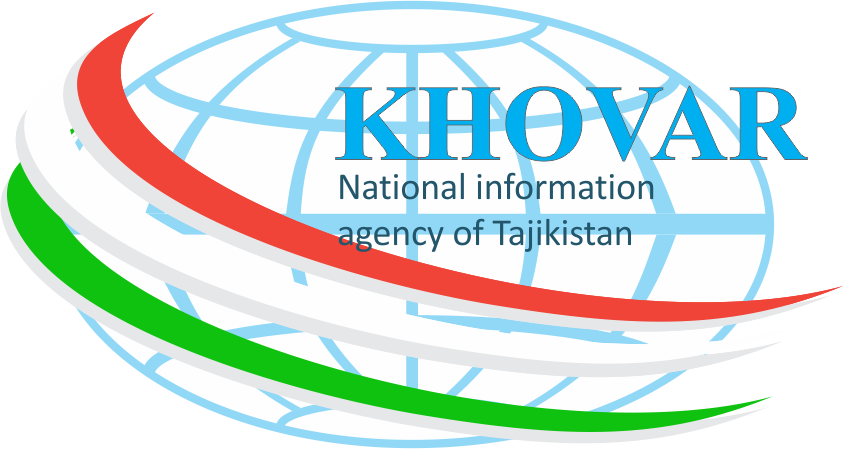

 President Emomali Rahmon meets with President of the European Bank for Reconstruction and Development Odile Renaud-Basso
President Emomali Rahmon meets with President of the European Bank for Reconstruction and Development Odile Renaud-Basso Tajikistan opens new opportunities for introducing digitalization of transport services and innovations
Tajikistan opens new opportunities for introducing digitalization of transport services and innovations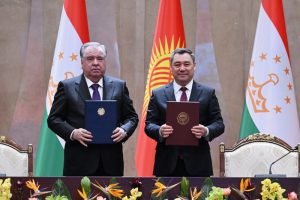 Russia welcomes signing of state border deal between Dushanbe, Bishkek — Foreign Ministry
Russia welcomes signing of state border deal between Dushanbe, Bishkek — Foreign Ministry










